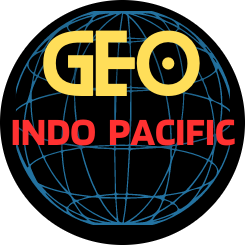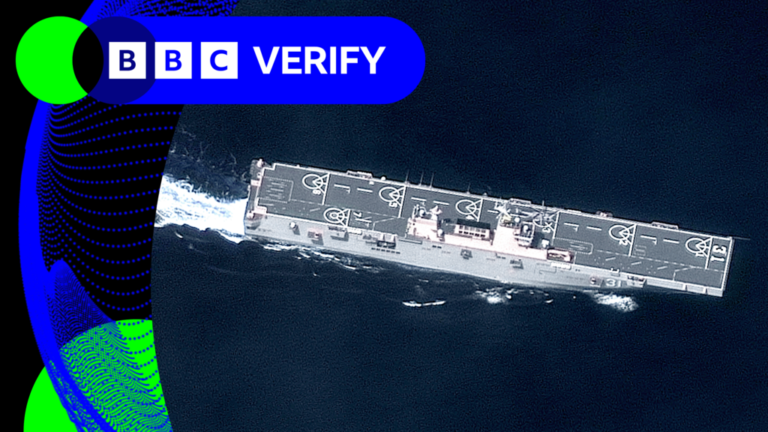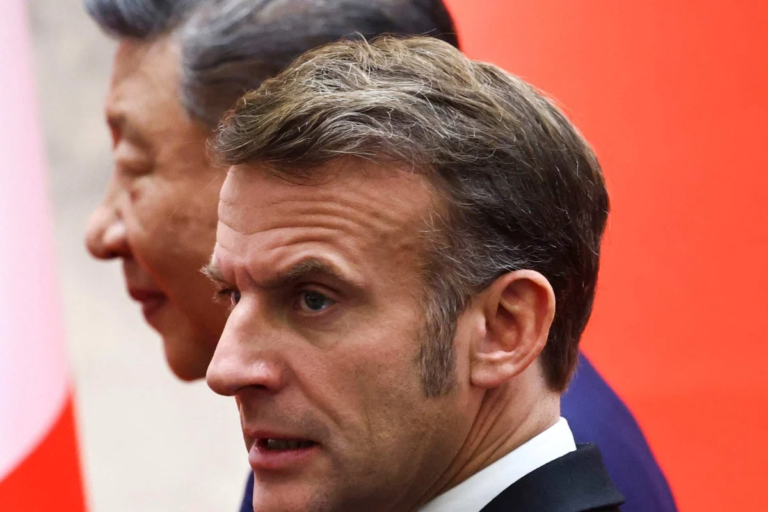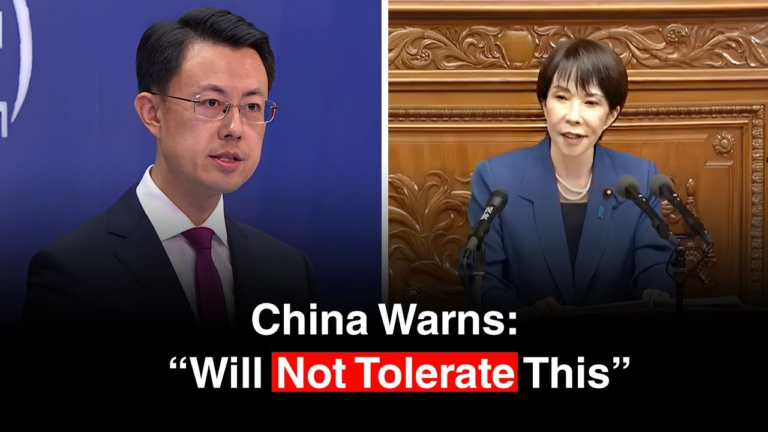
Taiwan President Lai Ching-te’s announcement that Taiwan will build a new air defense system, dubbed the T-Dome, sends a message that Taipei will defend itself against enemy threats, analysts said.
Taiwan also plans increased military spending amid growing tensions with the Chinese Communist Party (CCP) and intimidation from its People’s Liberation Army.
“The increase in defense spending has a purpose; it is a clear necessity to counter enemy threats and a driving force for developing our defense industries,” Lai said in an October 10 speech.
“We will accelerate our building of the T-Dome, establish a rigorous air defense system in Taiwan with multi-layered defense, high-level detection and effective interception and weave a safety net for Taiwan to protect the lives and property of citizens.”
Taiwan’s defense spending stands at about 2.5% of gross domestic product. It will surpass 3% next year and reach 5% by 2030, Lai said.
Taipei is taking “concerns about defense spending seriously and wants to show that Taiwan could handle defending itself if needed,” Bryce Barros, a security analyst and associate fellow at the think tank GLOBSEC, based in Bratislava, Slovakia, told Newsweek magazine.
Other analysts said Lai’s comments showed Taiwan “is investing heavily in deterrence,” the London-based Financial Times newspaper reported.
“Taiwan is clearly preparing for a more contested future,” Dr. Mei-ling Wu, a defense analyst at National Chengchi University, told the newspaper. “The T-dome concept signals not only technological innovation but also strategic independence.”
Democratically governed Taiwan faces mounting military pressure from the CCP, which views the island as its own territory and threatens to annex it by force.
China’s hypersonic missiles highlight the urgency for better defense, said National Taiwan University professor Chen Shih-min. The T-Dome also provides a psychological boost to the public, Chen said, according to the online newspaper Taiwan News.
Lai’s announcement came a day after Taiwan’s defense ministry released its latest National Defense Report, which said 2025 has seen the highest frequency and duration of Chinese military flights in the Taiwan Strait.
The T-Dome will be comparable to Israel’s Iron Dome homeland missile defense shield, the Reuters news service reported. The Iron Dome has demonstrated its effectiveness in intercepting short-range weapons since the war with Hamas began in 2023. Israel’s system has stopped thousands of rockets launched by militant Islamist groups including Hamas and Hezbollah.
Taiwan’s existing air defense systems are primarily based around the United States-made Patriot and the Taiwan-developed Sky Bow missiles. Patriot missiles intercept re-entering warheads while Terminal High Altitude Area Defense and Aegis systems cover high altitudes, National Sun Yat-sen University’s Institute of China and Asia-Pacific Studies Director Kuo Yu-jen told the Taiwan News. The T-Dome aims to strengthen mid-altitude defenses.
Taiwan Defense Minister Wellington Koo told Reuters the system is based on a “sensor-to-shooter” integration model to create faster, more efficient coordination among radar sensors and missile launch systems to improve interception accuracy. By adopting a networked command and control structure similar to the U.S. military’s Joint All-Domain Command and Control, Taipei aims to increase the precision and responsiveness of its missile systems, Reuters reported.
The U.S., which welcomed Lai’s commitment to increased defense spending, is building a defense system known as the Golden Dome, which also draws inspiration from Israel’s Iron Dome. The U.S. defense system will integrate ground-, air- and space-based assets to counter ballistic, hypersonic and cruise missile threats. The Department of War plans a constellation of orbiting satellites for early detection and real-time missile tracking.
The CCP criticized Lai’s speech, while a Taiwan Mainland Affairs Council rebuttal decried Beijing’s military intimidation and said China’s actions have “repeatedly stirred up trouble in the East China Sea, the Taiwan Strait and the South China Sea.”





